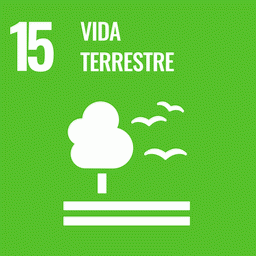Savanna woody species evolved with fire. However, the effect of changes in the fire regimes, which tend to increase in the next decades, is not yet fully understood. Here, we tested the effects of increased fire frequency on species richness and the composition of woody plant communities. Specifically, we tested if a high frequency fire management reduces local species richness of communities and homogenizes species composition. We sampled woody plants in 40 sites, distributed in 20 pairs, in Emas National Park (Brazil). Each pair included sites with high fire frequency (firebreaks that are burned annually since 1994) and with natural fire frequency (occurring every 3–5 years). We used a paired t-test to assess effects of the two fire frequency treatments on species richness and permutation tests to compare distance decay in similarity composition and relative abundances. We found that sites with high fire frequency had lower species richness compared to their paired sites subjected to natural fire frequency. However, similarities in species composition among sites with high fire frequency were only slightly higher than among sites subjected to natural fire frequency. The rate of distance decay in similarity was similar on the two treatments. At local scales, the high frequency of fire reduced species richness, an impact that in the long run may be irreversible. However, at broader spatial scales, effects were small as two treatments included similar sets of species. Prescribed fires have the potential to modify the natural dynamics of the woody communities in the savannas we studied. In our study, fire appears to act as a hierarchical filter, selecting species at broader spatial scales and nesting communities at local scales.
Baixar (sujeito à disponibilidade)
Download (subject to availability)

Este projeto está alinhado aos Objetivos de Desenvolvimento Sustentável (ODS).
Saiba mais em brasil.un.org/pt-br/sdgs.
Veja também
See also
Guia do capacitador
Este material é um Guia para os técnicos, participantes no Programa CapGestão Amazônia. Ele apresenta, de forma rápida e sistemática, um conjunto de ferramentas que poderá apoiar no desenho e implementação das oficinas pelos (as) técnicos (as) com os grupos locais (grupos informais, Associações e Cooperativas).
Reducing Emissions from Deforestation in Developing Countries: Policy Approaches to Stimulate Action
Submission by Environmental Defense and the Amazon Institute for Environmental Research (IPAM) to the XXVI Session of the Subsidiary Body on Scientific and Technological Advice (SBSTA) of the UN Framework Convention on Climate Change (UNFCCC), February 23...